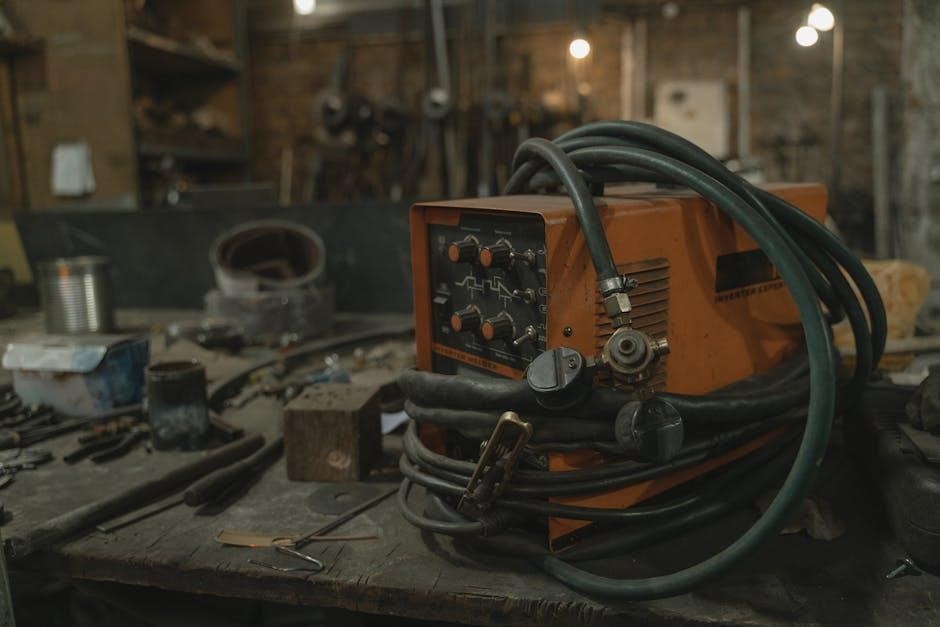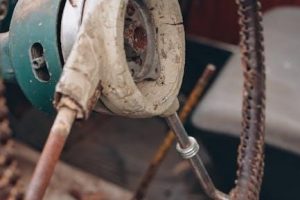P365X Manual Safety: An Overview
What is the P365X?
The Sig Sauer P365X is a popular pistol known for its compact size and enhanced features. It’s a variant in the P365 line, offering a balance of concealability and shootability, making it a favored everyday carry option.
Why Add a Manual Safety?
Adding a manual safety to a P365X provides an extra layer of security. It mechanically blocks the sear assembly, preventing accidental discharge. This can increase user confidence, especially for those accustomed to manual safeties.
What is the P365X?
The Sig Sauer P365X is a semi-automatic, striker-fired pistol that builds upon the foundation of the original P365. It’s designed for concealed carry, offering a compact size without sacrificing too much in terms of handling and capacity. The “X” in P365X typically indicates a combination of features, usually involving a longer grip module than the standard P365, allowing for a higher magazine capacity and a more substantial feel in the hand.
It maintains the slim profile that makes the P365 series popular for everyday carry, while offering improvements for shooters who prefer a bit more to hold onto. This balance makes it a versatile option for both experienced gun owners and those new to carrying a firearm.
Why Add a Manual Safety?
The decision to add a manual safety to a P365X often stems from personal preference and a desire for an additional layer of security. While the P365X, like other modern pistols, incorporates internal safety mechanisms, a manual safety provides a tangible, external control that some shooters find reassuring.
For individuals accustomed to carrying firearms with manual safeties, transitioning to a pistol without one can feel unsettling. Installing a manual safety on a P365X allows them to maintain a familiar operating procedure. It provides a positive indication that the firearm is intentionally rendered safe, which can be particularly valuable during holstering, re-holstering, or when handling the pistol in stressful situations. Ultimately, it’s about enhancing peace of mind.
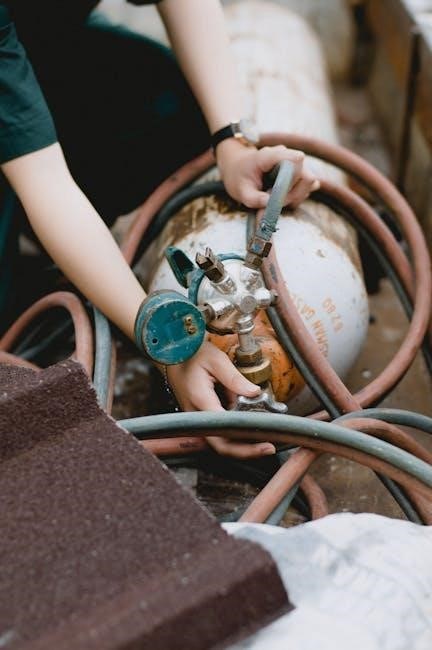
Compatibility and Variants
The P365 manual safety kits are often compatible across the P365 family. This includes the P365, P365 SAS, P365X, P365XL, and even the P365 XMACRO models, offering broad compatibility.
P365 Models Supported
The manual safety upgrade for the P365 series is designed with broad compatibility in mind. It generally supports various P365 models, extending beyond just the P365X. Specifically, the kits are often compatible with the original P365, the compact P365 SAS, the slightly larger P365XL, and even the P365 XMACRO.
This widespread compatibility simplifies the upgrade process for owners of different P365 variants. Regardless of whether you have the standard P365 or a specialized model, the manual safety kit can likely be installed. This makes it a versatile and popular upgrade option within the P365 ecosystem, providing enhanced safety and control across the board.
P365X Specific Considerations
While the manual safety kits are broadly compatible, there are P365X-specific factors to consider during installation. The grip module on the P365X might require modification to accommodate the manual safety lever. This often involves cutting or thinning the grip frame to ensure the safety can move freely without obstruction.
Some users opt to purchase a pre-cut, “safety-ready” grip module designed specifically for manual safety installation on the P365X. This eliminates the need for manual modification and ensures a cleaner, more professional installation. Pay close attention to the compatibility of aftermarket parts with the P365X’s specific dimensions.
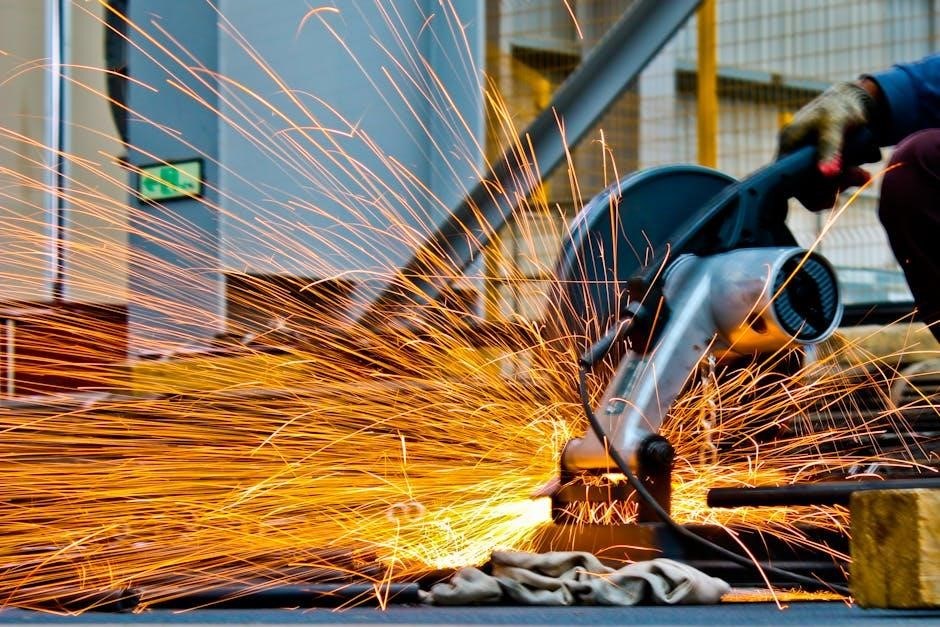
Parts and Kits
The essential parts for a P365X manual safety conversion include the safety lever, detent, and detent spring. These components work together to provide a reliable and functional manual safety system.
Essential Components: Lever, Detent, Spring
When converting a P365X to include a manual safety, three key components are absolutely essential: the manual safety lever, the detent, and the detent spring. The manual safety lever is the part the user manipulates to engage or disengage the safety. It must be robust and precisely manufactured for reliable function.
The detent is a small part that interacts with the lever, providing tactile feedback and securing the safety in either the ‘on’ or ‘off’ position. It ensures the safety doesn’t move unintentionally. Finally, the detent spring provides the necessary pressure to hold the detent in place, ensuring positive engagement and disengagement of the manual safety lever, providing smooth operation.
These three parts are crucial for a properly functioning and safe manual safety system on your P365X. Using high-quality, factory replacement parts is highly recommended.
Complete Kits vs. Individual Parts
When considering adding a manual safety to your P365X, you’ll face the choice between purchasing a complete kit or sourcing the individual parts separately. Complete kits, such as the Sig Sauer P365 Manual Safety Parts Kit, offer convenience by including all necessary components – the lever, detent, and spring – in one package.
This ensures compatibility and simplifies the installation process, especially for those new to firearm modifications. Alternatively, you can purchase the individual parts. This might be preferable if you only need to replace a damaged component or if you’re looking for aftermarket upgrades, such as an extended safety lever. However, sourcing parts individually requires more research to guarantee compatibility and may end up being more expensive overall.
Carefully weigh the pros and cons of each approach based on your experience level and specific needs.
Aftermarket Options: Extended Safeties
Beyond the factory manual safety components, the aftermarket offers various options to enhance the functionality and ergonomics of your P365X’s manual safety. One popular upgrade is the extended safety lever. These levers are designed to provide a larger, more easily accessible surface for engaging and disengaging the safety, especially beneficial for users with larger hands or those wearing gloves;
Companies like Armory Craft offer extended safeties specifically for the P365 platform. When considering an extended safety, ensure it’s compatible with your specific P365X model and that it meets your desired level of grip and reach. Installation is generally straightforward, but always prioritize safety and consult a gunsmith if needed. An extended safety can improve the speed and reliability of manipulating the safety under stress.
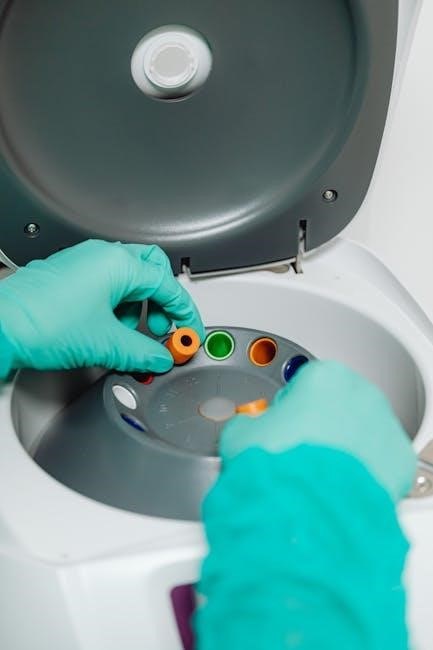
Installation Process
Installing a manual safety on a P365X involves disassembly, parts replacement, and potentially grip module modification. Instructional videos are available, but professional gunsmith installation is always recommended for safety and proper function.
Disassembly Requirements
Installing the manual safety kit on a Sig Sauer P365X necessitates a partial disassembly of the firearm. This involves removing the slide, the fire control unit (FCU), and potentially other components to access the area where the safety lever, detent, and spring will be installed. It is crucial to have a clear workspace and the correct tools to avoid damaging any parts. Some kits include instructional videos that demonstrate the necessary disassembly steps.
Pay close attention to the orientation of parts as you disassemble to ensure proper reassembly. Consider using a parts tray to keep everything organized. Remember that improper disassembly can affect the pistol’s function and safety. Always consult the manufacturer’s instructions and exercise caution.
Step-by-Step Installation Guides (Videos)
Several step-by-step video guides are available online that demonstrate the P365X manual safety installation process. These videos often provide clear visuals and detailed instructions, making the installation easier to understand. Many videos include complete installs of the manual safety, with some even using 3D models to illustrate the steps.
These videos will walk you through the process, from disassembly to final testing. They also show you how to install the manual safety and the fire control unit into the grip module. Follow the video closely. Remember to take breaks and rewatch sections if needed. These visual aids can be invaluable for a successful installation.
Modifying the Grip Module
Installing a manual safety on a P365X often requires modifying the grip module. This involves creating space for the safety lever to move freely. Some users opt to purchase “safety-ready” grip modules to avoid this modification.
However, if you’re using a standard grip module, you’ll need to carefully cut or thin the material to accommodate the safety. This is done by using tools like a Dremel. Also, a jig can be used to modify the grip module to accept the trigger module. Take your time and test the fit frequently to ensure proper function. Also, make sure to cut the notches a bit larger.
Considerations and Cautions
Modifying your P365X to include a manual safety requires careful consideration. Incorrect installation can compromise the firearm’s safety and reliability, ensure the detent spring installed correctly to avoid potential issues.
Professional Gunsmith Recommendation
While some users successfully install the P365X manual safety themselves, seeking assistance from a qualified gunsmith is strongly advised. The installation involves disassembling critical components, and improper handling can lead to malfunctions or safety hazards. A gunsmith possesses the expertise to ensure correct installation and functionality.
Furthermore, a gunsmith can properly modify the grip module if needed, ensuring the safety operates smoothly without compromising the firearm’s structural integrity. They can also diagnose and address any potential issues that may arise during the installation process, such as fitting problems or spring complications. Prioritizing professional installation guarantees peace of mind and optimal performance.
Potential Issues: Detent Spring
A significant challenge during P365X manual safety installation revolves around the detent spring. This small component is crucial for the safety lever’s proper function, ensuring it clicks firmly into the safe and fire positions. However, its diminutive size makes it easily lost or mishandled during the installation process.
Furthermore, incorrect installation of the detent spring can lead to a safety lever that is either too stiff or too loose, potentially compromising its reliability. Some users have reported difficulty keeping the detent spring in place during assembly. Exercise caution and ensure proper seating to prevent functional issues. Consider working in a contained area to easily recover the spring if dropped.

User Experiences and Reviews
User feedback on the P365X manual safety varies. Some report easy installation and functional improvements. Others highlight challenges, particularly with small parts and grip module modification, influencing overall satisfaction levels.
Ease of Installation
The ease of installing a manual safety on a P365X is a frequent topic of discussion among owners. Many find the process relatively straightforward, often citing instructional videos as helpful guides. Some users have completed the installation in as little as ten minutes, especially if they are familiar with firearm disassembly.
However, the experience isn’t universally simple. A common challenge involves managing the small detent spring and detent during installation, as these parts can easily be lost. Modifying the grip module to accommodate the safety lever can also present difficulties, requiring careful thinning of the frame. While some opt for a “safety-ready” grip module to avoid modification, others find the Dremel tool and a steady hand sufficient for the task. Ultimately, the perceived ease depends on individual skills and experience with firearms maintenance.
Functional Improvements
The addition of a manual safety to the P365X, while not altering the core firing mechanism, provides a notable functional change centered on user confidence and carry preferences. For individuals accustomed to carrying firearms with manual safeties, integrating one into their P365X can lead to a more comfortable and secure carry experience. This is particularly relevant for those who prefer appendix inside-the-waistband (AIWB) carry, where an added layer of safety can be psychologically reassuring.
Beyond peace of mind, some users find that the presence of a manual safety allows for more deliberate firearm handling. It enforces a conscious decision to disengage the safety before firing, potentially promoting safer gun handling habits. However, it’s crucial to practice disengaging the safety regularly to ensure proficiency and avoid delays in critical situations. The functional improvement is therefore subjective, heavily influenced by individual training and carry style.
